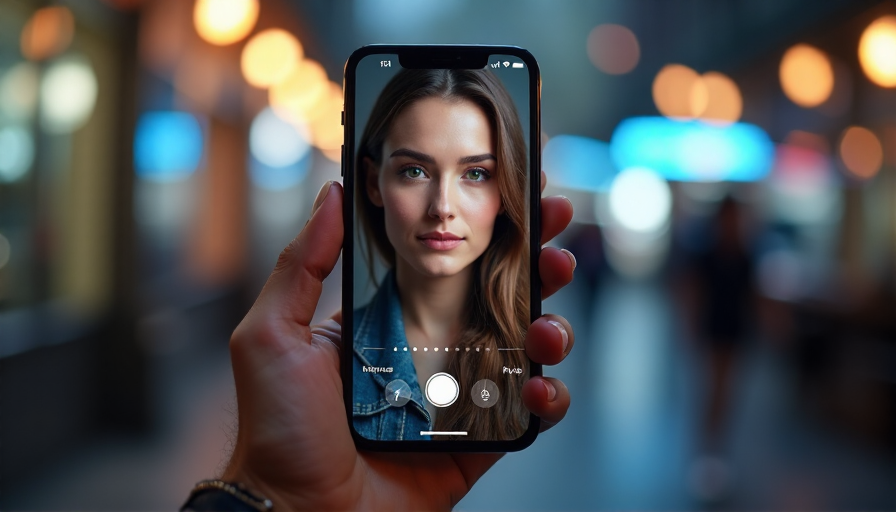
AI Deception on Bumble Sparks Viral Debate
A Digital Prank That Took Over Social Media
In a striking demonstration of AI's potential and its misuse, a social media user set off a viral chain reaction by creating a fake Bumble profile using advanced AI technology. The individual, known as @infinozz on X, detailed his experiment involving the use of OpenAI's GPT-4o image generation tool to craft lifelike images of a woman. His motives were simple yet startling: to see how a completely fabricated profile would fare on the popular dating platform in Bengaluru.
The Prank Unfolded
The experiment quickly escalated. Within just two hours, the fake profile had amassed over 2,700 likes, secured at least 100 right swipes, and received numerous compliments. The flurry of notifications, which the user humorously compared to his phone having a "seizure," included offers ranging from ice-creams and concert tickets to genuine acts of kindness. Despite the lighthearted tone, the prank also opened a window into deeper issues regarding online deception and the precarious nature of digital trust.
The Moment of Truth
The Bumble profile, however, did not last indefinitely. After approximately 12 hours, the platform identified and removed the deceptive profile. @infinozz shared screenshots of the AI-generated images and the flood of notifications he received, highlighting the ease with which technology can blur the lines between authenticity and fabrication. He mused on a hypothetical scenario: what if he had matched with someone who went as far as sending gifts or even offering to pay rent?
Online Reactions and Broader Implications
The incident has ignited a lively debate on X. Users are questioning the ethics behind such pranks while also marveling at the technical prowess required to exploit dating platforms so effectively. Comments ranged from concerns about the ease of fooling trust systems to reflections on the wider implications for dating apps, which are often criticized for their design to keep users engaged at the expense of fostering genuine connections. Some likened the situation to a modern-day “Black Mirror” episode—where advanced technology intersects with human vulnerability.
What Does This Mean for the Future?
This event serves as a reminder of both the innovation and the risks present in the age of artificial intelligence. As AI continues to evolve and become integrated into various aspects of daily life, it raises critical questions about security, ethics, and the integrity of online platforms. The ease with which a fake profile could accumulate real social interactions underscores the pressing need for better detection mechanisms and ethical guidelines in the digital age.
The experiment, though playful in intent, leaves a lasting impression: in the intersection of AI and human interaction, the lines of authenticity are increasingly blurred.
Note: This publication was rewritten using AI. The content was based on the original source linked above.